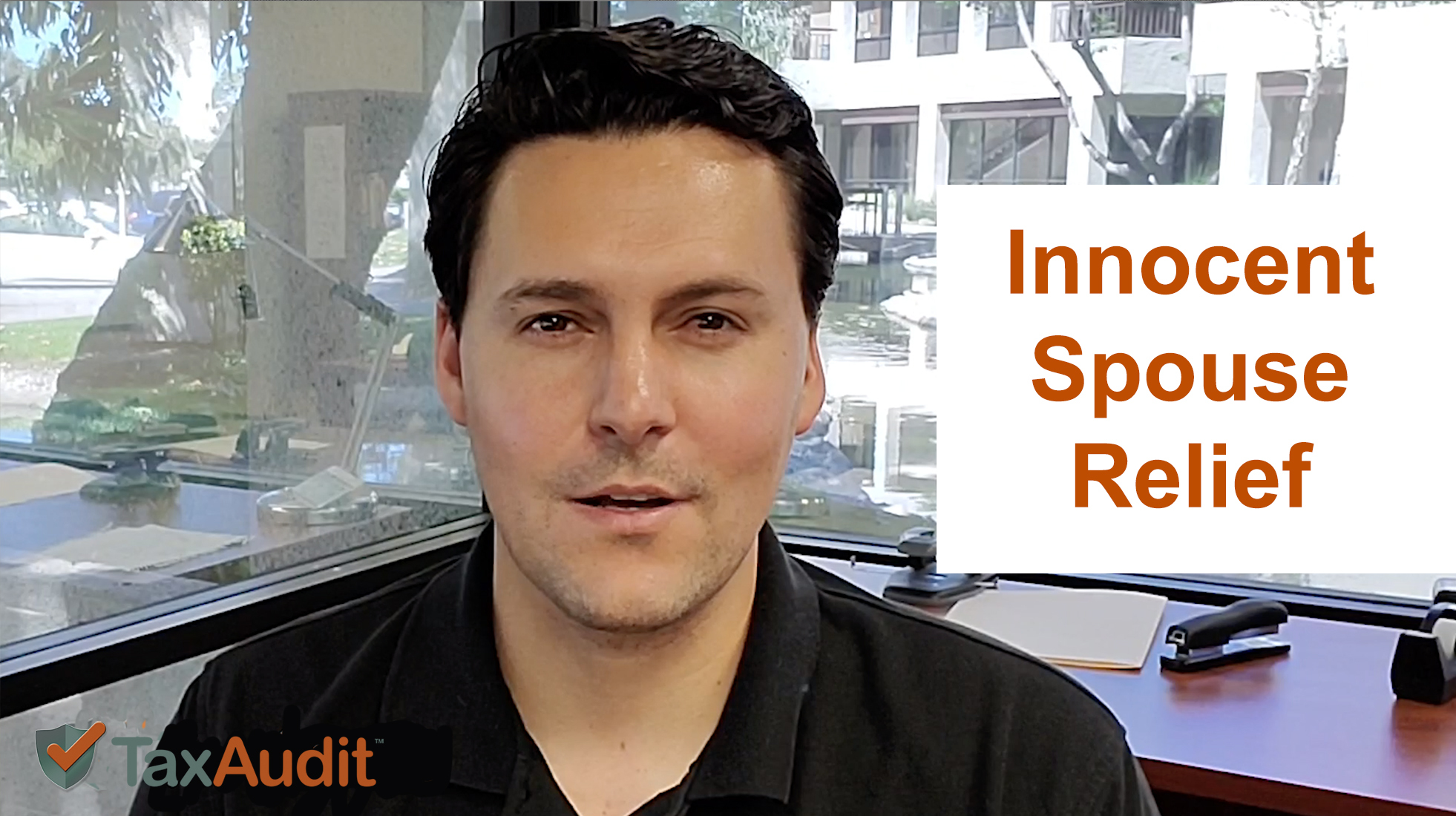Generally, when spouses decide to file a joint return, each of them is jointly and severally responsible for the tax due. This includes any interest and penalties assessed. But what happens if your spouse overstated the deductions claimed on the return or substantially understated the income? What if you didn’t know there was an understatement of tax when you signed the return? Are you still liable for the tax due? If you qualify, Innocent Spouse Relief may relieve you of responsibility. To learn more about Innocent Spouse Relief, continue reading below.
Innocent Spouse Relief is available to individuals if there is an IRS assessment on a married filing jointly tax return, and the individual can prove that they are not responsible for the tax liability in question.
To qualify for Innocent Spouse Relief, there are certain conditions that first must be met.
As mentioned, the individual would need to show that they filed a joint return with their spouse for the tax year in question. Next, the individual needs to establish that they did not know or had no reason to know that there was an understatement of tax on the filed returned. They also need to show that, considering all facts and circumstances, it would be inequitable to hold them accountable for the tax due. Furthermore, they have shown themselves not to be involved in any fraudulent scheme, such as transferring funds between themselves.
How do you file an Innocent Spouse Relief request?
A request for Innocent Spouse Relief is filed using
IRS Form 8857, and the request can be filed in response to an audit or during the IRS collection process. Some of the situations in which a taxpayer could qualify for Innocent Spouse Relief would be if their spouse did not report income or if they made incorrect deductions claims on the tax return. The standard the IRS uses to determine if someone qualifies for Innocent Spouse Relief is not that they had knowledge of what was being reported; the standard is whether a reasonable person in that individual’s position would have known of the understatement.
An example of this would be if an individual signed a joint return that had little to no income listed, yet, the lifestyle that they were living could not be supported by this lack of income. Whether or not they had knowledge of the understatement is not what the IRS would use to determine but, rather, that a reasonable person would have cause to believe that something was not right based on the information that showed on the return being filed.

To qualify for Innocent Spouse Relief, the IRS will also take into consideration the individual’s education level, whether or not English is their first language, and a myriad of other circumstances, such as illnesses or a death in the family, when making their determination.
An Innocent Spouse Relief request can be brought up in response to receiving a Notice of Deficiency. If the request for Innocent Spouse Relief is denied during the Notice of Deficiency process, the taxpayer may petition the Tax Court. Innocent Spouse Relief can also be requested during the collections process. If the request is denied during the collections process, an appeal can be made. If the appeal is denied, an individual will receive a Notice of Determination and, once received, they can petition the Tax Court through the Notice of Determination process to try to have their Innocent Spouse request accepted.
In
community property states, the IRS often takes the position that the Innocent Spouse Relief request will only cover half of the liability as, by law, the other half is community property and cannot be relieved by the request.
If you have any further questions about Innocent Spouse Relief,
click here to read more about the three different types of relief available for those who qualify for Innocent Spouse provisions. If you are interested in getting assistance with tax debt relief or speaking to one of our tax professionals,
click here.